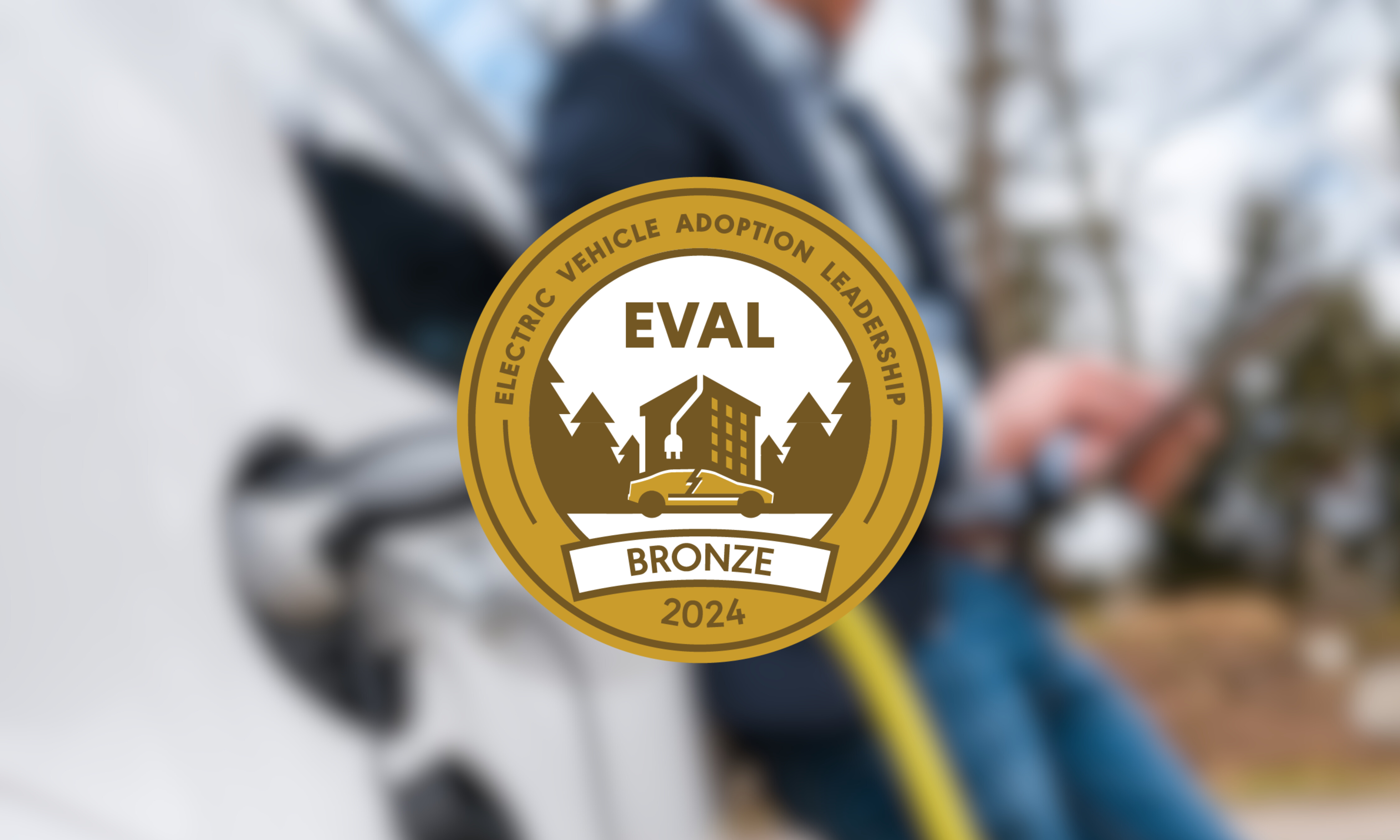There are now one million electric cars on the road in America.
Where We Go From Here
The future of the electric car is fairly certain: there’s going to be a lot more of them on America’s roads. For the millionth (ha!) time: EVs are not a fad. So we know two things: EVs are here to stay and their numbers are constantly growing. But when will there be an exponential growth? When will EVs really take off, the way that plug-in car advocates have been longing for? America’s current electric car push has lasted about ten years; in that time we’ve gone from a few thousand to one million electric cars on our roads. Plug In America has been at the center of that push. Since our early days, we’ve consistently advocated for and lobbied for the widespread adoption of EVs. Our policy initiatives have been instrumental in pushing federal, state and local representatives to support EVs. Our ride and drive events, as well as the yearly National Drive Electric Week, have exposed millions of Americans to the benefits and thrills of driving electric. Our new PlugStar program seeks to bridge the gap between customer and car dealer and make getting an EV a hassle-free, convenient experience for both. This is all made easier by the ever-growing number of EVs on the market today. New long-range models continue to roll out this next year, including the 2019 Nissan LEAF (225+ miles of range), 2019 Hyundai Kona (258 miles of range), and 2019 Kia Niro (240 miles of range). Crucially, the Kona and Niro are compact SUVs, which have been the fastest growing automotive market segment in the past few years.
Behind the scenes, several market factors are aligning in favor of increased electric car production. The price of lithium ion batteries continues to fall – from $1,000 per kWh in 2010 to just $208 per kWh in 2017. Why does this matter? Well, the battery pack is the most expensive component and biggest cost driver on an electric car. As price per kWh falls, so does the cost to produce an electric car, which has a twofold knock-on effect: the cars get cheaper (good for consumers), and the profit margins get larger (good for automakers). The Union of Concerned Scientists predicts that electric cars will “cost the same or less than a comparable gasoline-powered vehicle when the price of battery packs falls to between $125 and $150 per kWh. Analysts have forecast that this price parity can be achieved as soon as 2020, while other studies have forecast the price of a lithium-ion battery pack to drop to as little as $73 / kWh by 2030.” Ultimately, electric cars have to make financial sense for both the individual car buyer and the major automaker in order for us to see a massive increase in EV sales. We are as little as two years away from that cost parity.
So the future of the electric car looks bright.
But we cannot rest on our laurels. At one million EVs, we’re just barely at 1.74 percent of the total new car sales this year. In other words, we’re still coming up the short part of the hockey stick technology adopt curve, and are still firmly in the early adopter phase of opinion leaders and influencers (that’s us!). We’ve yet to hit mass market – in fact, we’ve yet to hit the early majority phase. The simple truth is that in order for electric cars to really take off, major automakers will have to increase their production and sales goals of electric cars to six digits per year per model. Thus far, only Tesla has tread in that territory. We said in an earlier article that EVs are like the baseball field in Field of Dreams—if you build them, they will come. Electric cars are better than their gas forbearers—price and features being equal, consumers will usually choose plug-in electric cars over gas. Instant torque. Very minimal maintenance. Quiet running. Fun. What’s not to love?
What You Can Do
You can help by telling your elected officials that you want EV-friendly legislation that will put more EVs on the road. Make no mistake, the future is electric—but we can make that future happen much faster by pursuing policies at the federal, state and local level that makes EV ownership possible for more members of your community. If you have an electric car, tell your friends, family and neighbors about it (we know you already do). If you’re inclined to, let them drive your EV and see for themselves how awesome they are. Head to your nearest National Drive Electric Week or local ride and drive event and show off your car to the public. Tell them about the many up sides to going electric. Believe it or not, most Americans have still never seen an electric car in the flesh—let’s change that.
One million EVs is cause for a celebration. It has taken a lot of agitating and advocating to get here. Let’s honor this milestone by doubling down on our commitment to make electric car ownership possible for all Americans.
One million. And counting.


